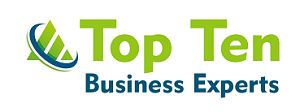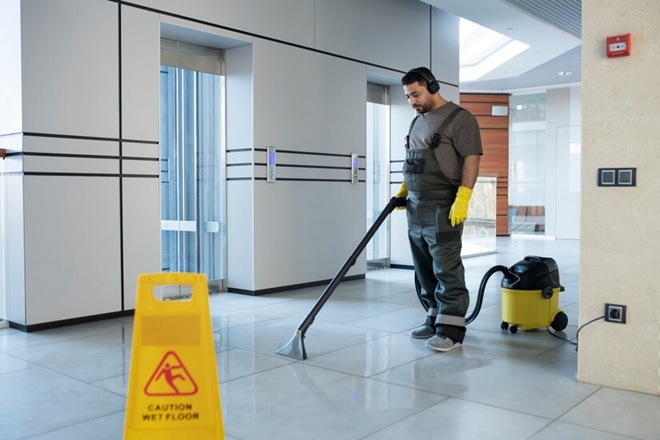Building cleaning services represent far more than mere aesthetic maintenance; they constitute the invisible infrastructure upon which urban productivity depends. Yet beneath the gleaming surfaces of corporate towers and shopping centres lies a complex web of labour relations, regulatory frameworks, and economic dependencies that few care to examine. The workers who scrub, polish, and sanitise our commercial spaces perform essential work that keeps cities functioning, though their contributions often remain as invisible as the dust they remove.
The Architecture of Cleanliness
Modern commercial building maintenance encompasses a sophisticated ecosystem of specialised services. Professional cleaning contractors navigate between the demands of property managers, the expectations of tenants, and the realities of labour costs. This triangulation creates a market where efficiency often trumps worker welfare, yet standards must remain uncompromisingly high.
The scope of contemporary facility maintenance extends well beyond traditional sweeping and mopping:
• Deep cleaning protocols for healthcare facilities and food service establishments
• Specialised surface treatments for marble, granite, and engineered materials
• High altitude glass cleaning for towering urban structures
• Environmental sanitisation following health emergencies
• Industrial floor maintenance using advanced machinery and chemical treatments
Each service category demands specific training, equipment, and certification, yet the workers performing these tasks often remain poorly compensated relative to the value they create.
Singapore’s Regulatory Landscape
Singapore’s approach to commercial cleaning regulation offers a fascinating study in state intervention within service industries. The cleaning business licensing scheme was introduced in September 2014 to impose higher standards of employment across the cleaning industry and lead to more professional and reliable services. This regulatory framework represents an acknowledgement that market forces alone cannot ensure adequate working conditions or service quality.
The Progressive Wage Model implemented by Singapore’s authorities recognises something that free market evangelists prefer to ignore: that essential services require structured intervention to prevent a race to the bottom. The PWM is a framework designed to improve the wages and career progression of workers in low-wage industries, such as cleaning. It maps out a clear pathway for workers to increase their wages as they undergo training and improve their productivity and standards.
The Economics of Institutional Hygiene
Building maintenance services operate within a peculiar economic paradox. The work is simultaneously essential and undervalued, visible in its absence yet invisible in its execution. Property managers demand immaculate results while pressuring contractors to minimise costs, creating a squeeze that inevitably affects the workers at the bottom of the hierarchy.
The commercial cleaning sector encompasses several distinct categories:
• Office and retail cleaning requiring daily maintenance during off-hours
• Healthcare facility sanitation demands specialised protocols and equipment
• Educational institution maintenance balancing safety with educational continuity
• Industrial cleaning involving hazardous materials and complex machinery
• Hospitality sector housekeeping, maintaining luxury standards on compressed schedules
Each category represents different risk profiles, skill requirements, and profit margins, yet all depend on a workforce that remains largely invisible to the beneficiaries of their labour.
The Technology of Transformation
Advanced cleaning technologies have revolutionised building maintenance without necessarily improving working conditions. Robotic vacuum systems, electrostatic spraying equipment, and IoT monitoring devices promise greater efficiency whilst potentially displacing human workers. The question becomes whether technological advancement serves to enhance human dignity or simply reduces labour costs.
Professional cleaning operations now incorporate:
• Antimicrobial surface treatments using scientifically formulated compounds
• HEPA filtration systems for air quality improvement
• Pressure washing equipment for exterior building maintenance
• Floor restoration machinery that extends surface lifecycles
• Digital scheduling platforms that optimise labour deployment
Labour Relations in the Shadows
The cleaning industry exemplifies how essential services can be systematically devalued through subcontracting arrangements that obscure employer responsibility. Building owners hire property management firms, who contract with cleaning companies, who employ workers through various arrangements that often circumvent traditional employment protections.
This layered system creates what we might call “responsibility diffusion,” where no single entity feels fully accountable for worker welfare. The result is an industry where people performing essential work often lack basic benefits, job security, or career advancement opportunities.
Health and Safety Imperatives
Recent global health crises have elevated awareness of cleaning protocols, though this increased attention has not necessarily translated into improved compensation for cleaning workers. Enhanced disinfection requirements, personal protective equipment mandates, and expanded service hours have intensified work demands without proportional wage increases.
The irony is stark: as society recognises the crucial role of environmental sanitisation in public health, the workers providing these services remain economically marginalised. This contradiction reveals much about how we value different forms of labour.
Environmental Considerations
Sustainable cleaning practices represent both an opportunity and a challenge for the industry. Eco-friendly cleaning products and methods can reduce environmental impact whilst potentially creating new market niches for contractors. However, green cleaning often requires additional training and may involve higher material costs that pressure profit margins.
The push towards environmental responsibility in building maintenance reflects broader societal concerns about sustainability, yet these considerations must be balanced against the economic realities facing both service providers and their workers.
Future Trajectories
The evolution of professional cleaning services will likely involve continued technological integration, regulatory standardisation, and potentially improved recognition of worker contributions. Singapore’s progressive wage model provides one template for how governments might intervene to ensure that essential service workers receive fair compensation.
However, lasting change requires more than regulatory intervention; it demands a fundamental reconsideration of how we value the labour that maintains our built environment. Until this recognition occurs, the essential work performed by those providing building cleaning services will continue to exemplify the contradictions inherent in service economies that depend on invisible workers to maintain visible prosperity.


